Female vocals can really add some unique flavor and emotion to your beats, bringing some killer warmth and presence to the table.
Plus, female vocals can instantly captivate listeners so it sticks in their head long after the track ends (which is the goal).
However, if you don’t know how to mix female vox the right way, you’ll never get them to stand out or sit perfectly in the mix.
That’s why we’re breaking it down, step-by-step, with techniques and tips like:
- Cleaning up background noise ✓
- Enhancing clarity with EQ ✓
- Balancing dynamics with compression ✓
- Adding depth with reverb and delay ✓
- Layering harmonies for a fuller sound ✓
- Setting levels and panning for clarity ✓
- Using automation for dynamic effects ✓
- Choosing the right vocal pack ✓
- Blending bass and instruments ✓
- Adding subtle effects for texture ✓
- Pro tips (music production) ✓
- Much more about mixing female vox ✓
After today’s article, you’ll be able to clean, shape, and process female vox like a boss, as well as balance them flawlessly with other elements in your mix.
This way, your tracks will not only sound super clean, but will grab attention and become almost addictive.
Table of Contents
- How to Mix Female Vox Step-by-Step
- Step 1: Prepare Your Female Vox for a Clean Mix
- Step 2: Apply EQ to Shape Your Female Vocals
- Step 3: Use Compression to Control Dynamics
- Step 4: Add Reverb and Effects to Female Vox for Depth
- Step 5: Layer and Harmonize Female Vox
- Step 6: Set Levels and Pan Vocals for Clarity
- Step 7: Finalize with Automation and Effects
- 7 Bonus Tips for Mixing Royalty-free Female Vox
- Explore Royalty-Free and Commercial Vocal Packs
- Balance Bass and Instruments with Vocal Frequencies
- Use Loops, Vocal Tags, and Subtle Effects for Texture
- Add Finishing Details and Automation
- Get Inspired by Popular Techniques
- Experiment with Advanced Reverb and Delay Settings
- Use Mid-Side EQ for Space and Separation
- Final Thoughts
How to Mix Female Vox Step-by-Step
Mixing female vox, from one word like “yeah” or “thanks” to an entire phrase, can really bring out the ultimate character and emotion of the voice, regardless of genre (e.g., pop, trap, hip-hop, RnB, etc.). So, let’s break down, step-by-step, how to achieve a polished, super clean sound that complements your track’s overall vibe.
-
Step 1: Prepare Your Female Vox for a Clean Mix
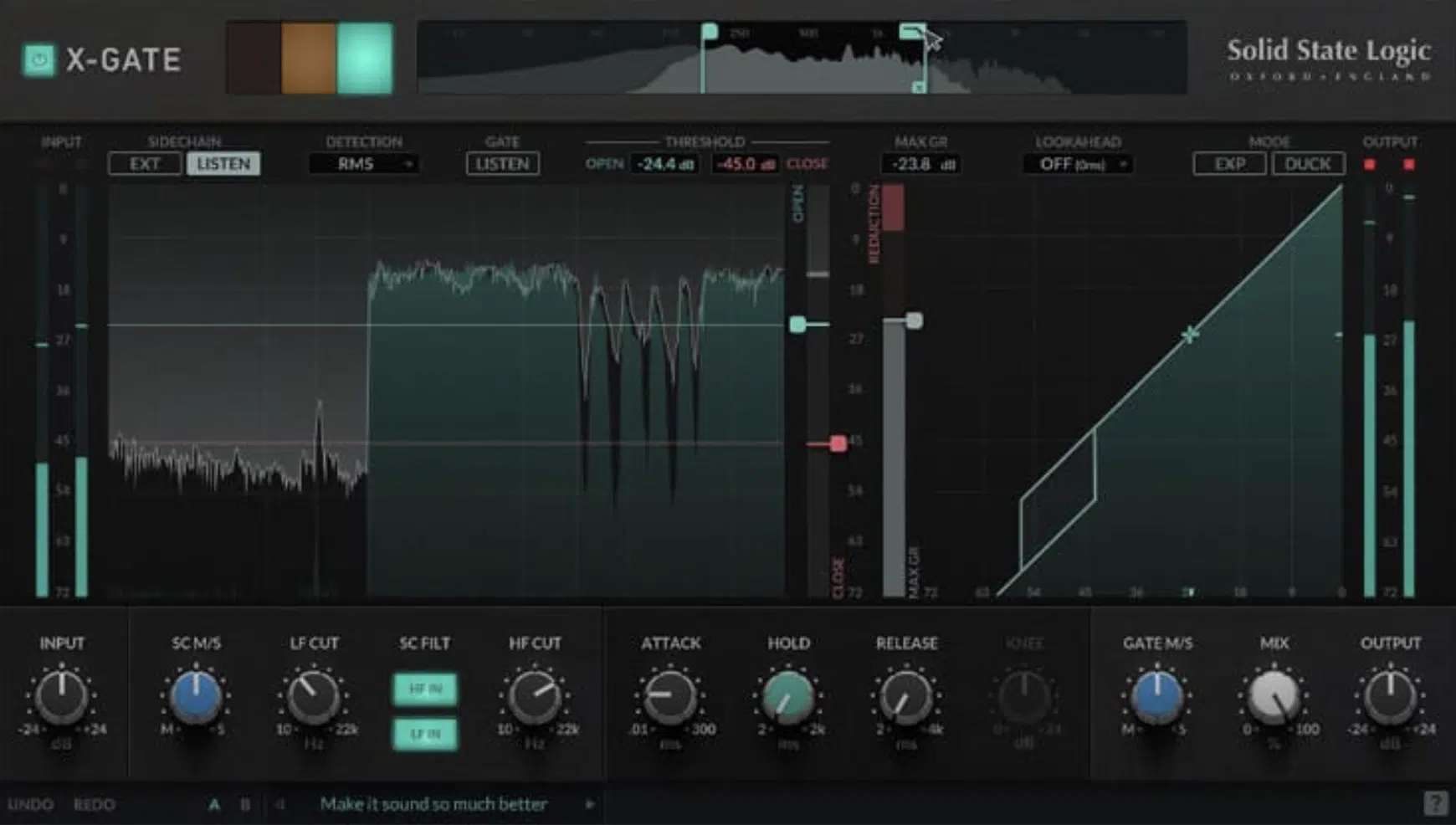
The first step to achieving a clean mix is to prepare your female vox by removing any background noise, clicks, or pops that might screw up the clarity.
Start by using a noise reduction plugin or a basic noise gate to filter out unwanted sounds from the vocal pack or samples you picked out.
For example, if you’re working with a sample from a royalty-free collection, carefully listen for any ambient noise that might affect the final sound.
Cleaning up the vox at this stage gives you a strong foundation 一 bringing out the best qualities of the vocal, which is super important.
I’ve found that a subtle high-pass filter around 80 Hz can also help to clear up any low-end rumble without affecting the vocal’s overall warmth.
Once you’ve prepped the vocal, it’s ready for processing, which will help it sit perfectly in the mix alongside other instruments, so let’s get into it.
-
Step 2: Apply EQ to Shape Your Female Vocals
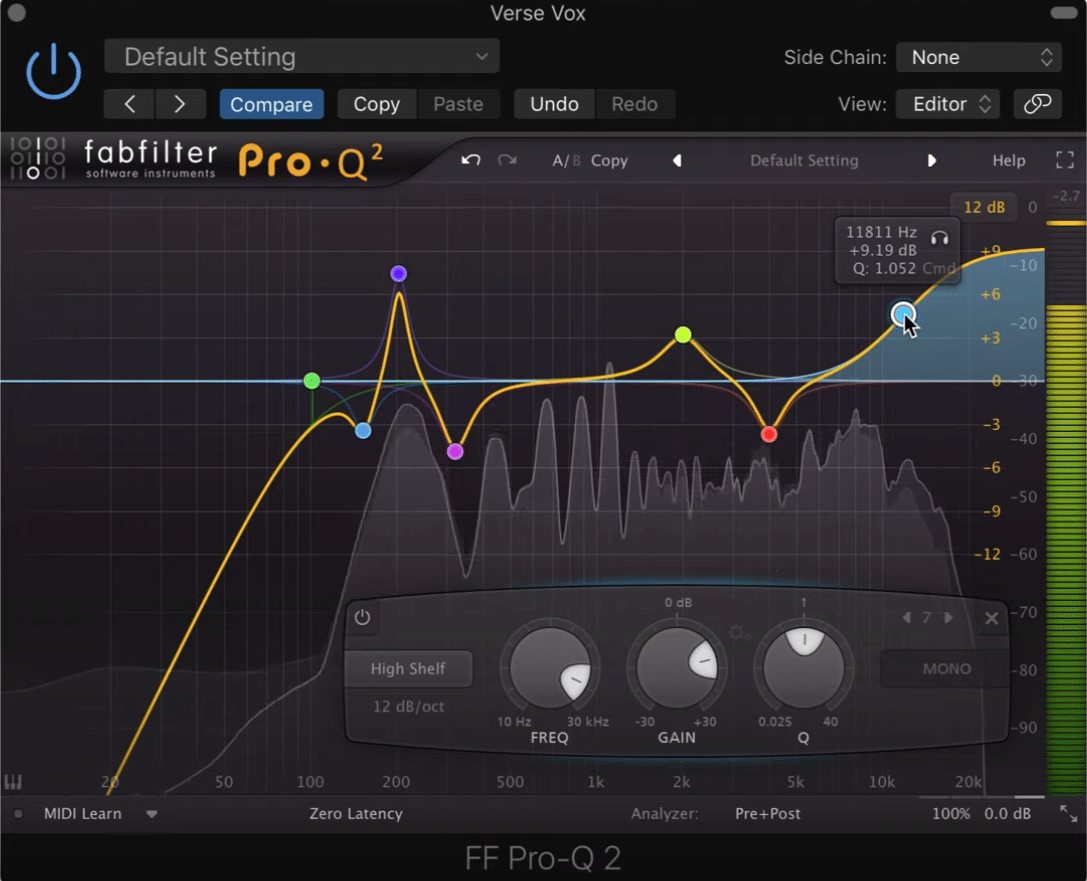
Next, use EQ to shape the tone of your female vox and make sure they blend together well with other elements in the track.
Start by using a low-cut filter around 100 Hz to remove unnecessary low frequencies that can muddy up the mix.
For female voices, a gentle boost around 2-5 kHz can add presence and clarity 一 helping the vocals stand out, especially in pop or RnB genres.
I’ve found that a slight dip around 300-500 Hz reduces any boxiness, especially if the vocal pack you’re using has a naturally warm tone, so keep that in mind.
Tweaking these frequencies ensures the vocals remain crisp and clear without overwhelming the rest of the instruments.
Always remember to adjust by ear rather than relying solely on presets, as each vocal sample (and genre) will require a unique approach to EQ.
-
Step 3: Use Compression to Control Dynamics
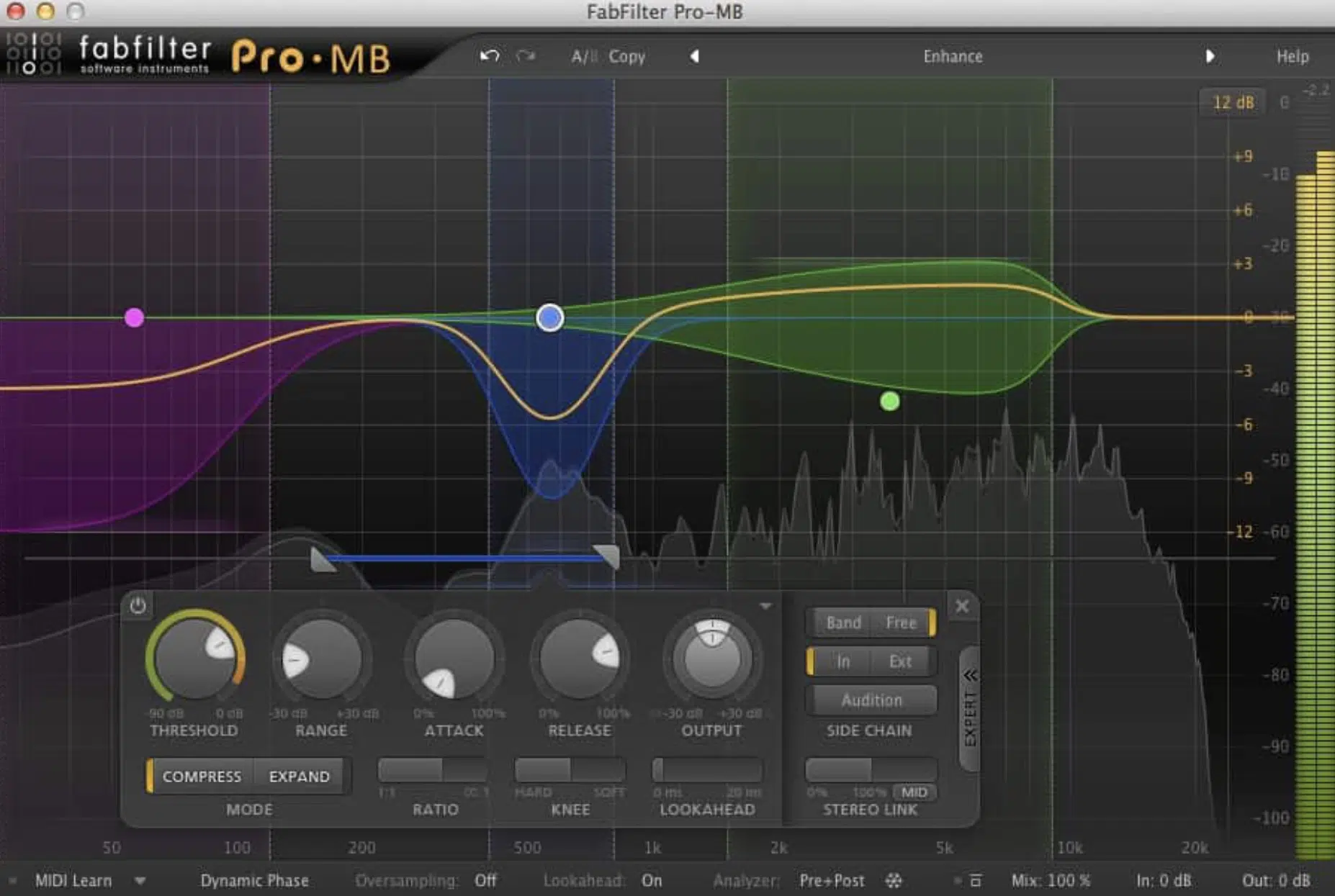
Compression is key for controlling the dynamics of female vox so that the louder sections don’t overpower quieter ones.
Start with a gentle ratio, like 2:1 or 3:1, and adjust the threshold so that only the louder peaks are compressed.
In pop and rnb tracks, where vocals often need a smooth, consistent level, I recommend a medium attack and a slow release to maintain the vocal’s natural feel.
For example, applying light compression can add warmth to the vox without sacrificing dynamics, which is super important if you want the vocals to sit naturally.
This is especially true if you’re working with a dense mix.
Compression also helps when layering multiple samples or tags, as it keeps each layer balanced and clear for your audience to enjoy.
Just make sure to play around with different compressors because each unique can bring its unique character to the vocal.
-
Step 4: Add Reverb and Effects to Female Vox for Depth
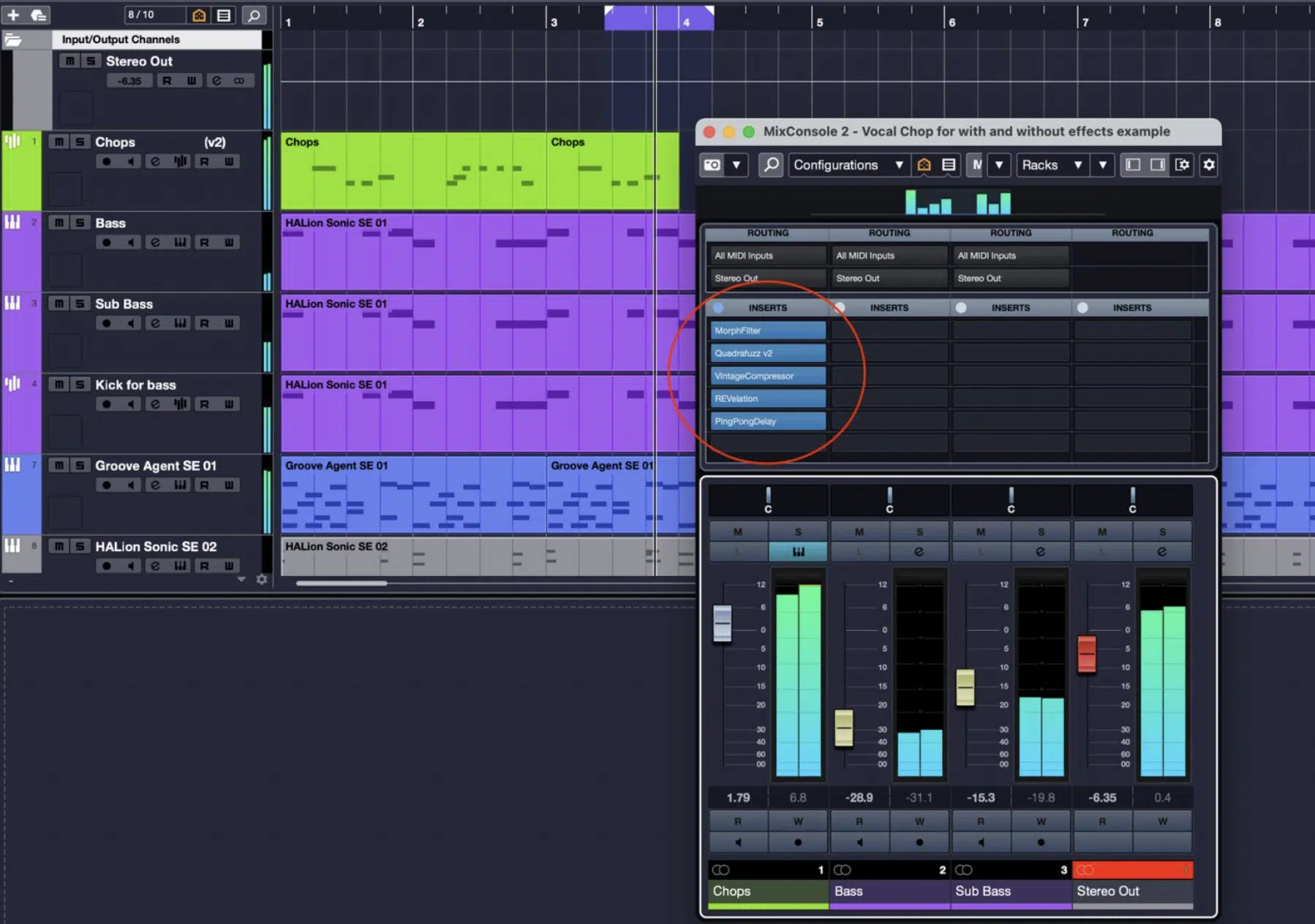
Adding reverb and other effects to female vox can give the vocal a sense of space and depth, making it a lot more engaging if you do it right.
Start with a plate reverb for a bright, smooth sound or a room reverb for a natural feel.
Set the decay time to:
- 1-2 seconds for a subtle effect
- 3-4 seconds for a larger, atmospheric sound
And, try a pre-delay of 20-30 milliseconds to keep the vocal’s initial clarity.
To avoid muddiness, use a high-pass filter on the reverb around 200 Hz 一 keeping the low end super duper clean (which you always want, of course).
Adding a quarter-note delay with a feedback of 15-20% can introduce depth without overpowering the vocal content.
For additional texture, a low-rate chorus effect with a mix level of around 10-15% adds fullness, while a slapback delay (100-120 milliseconds) can provide a bold, vintage tone.
It’s all about the overall vibe you’re going for.
By carefully balancing reverb, delay, and subtle modulation, you can make female vox sound dynamic and professional in any mix.
-
Step 5: Layer and Harmonize Female Vox
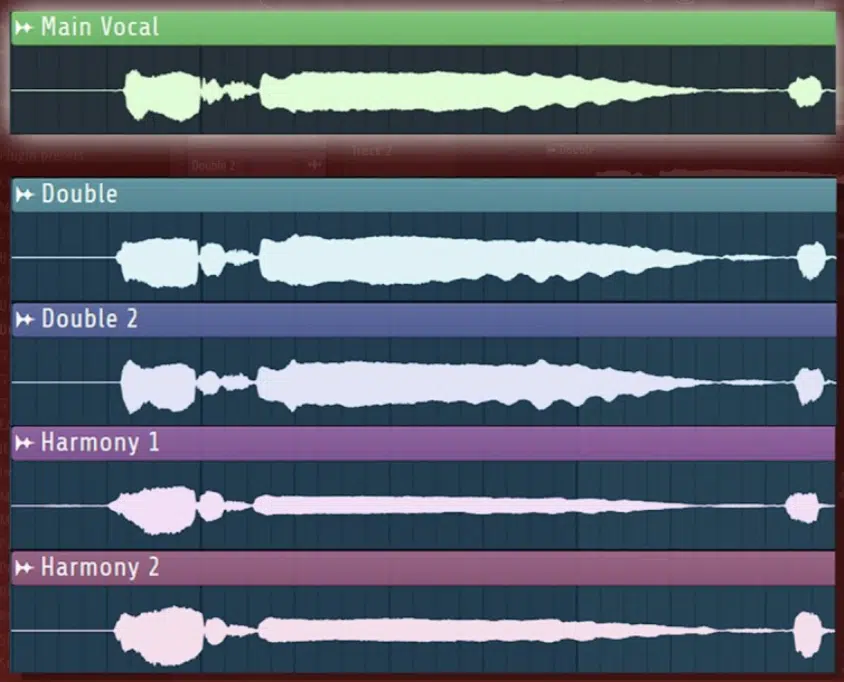
Layering and harmonizing your female vox can add edge and depth so your vocals can have more presence in the mix.
Start by duplicating the main vocal and panning the copies slightly left and right (about 10-15%) to create a stereo effect, which works super well in pop and rnb genres.
Adding harmonies at different intervals, like thirds, fifths, or even octaves, can make the vocal sound more powerful and engaging.
These intervals can fill out the mid and high frequencies, making the lead vocal feel larger.
If you find loops or samples you love, try layering slightly different takes or even using pitch-shifted versions (by a semitone or two) for a fuller sound.
Personally, I like to keep the harmonies slightly quieter than the main vocal, typically around 3-6 dB lower, to prevent them from taking over so the lead vocal can really shine.
You might also try using subtle EQ to cut low frequencies from the harmonies so the lead vocal remains crisp/upfront.
Adding these layers brings complexity to the vocal while preserving clarity and helps you enhance your music production skills altogether.
-
Step 6: Set Levels and Pan Vocals for Clarity
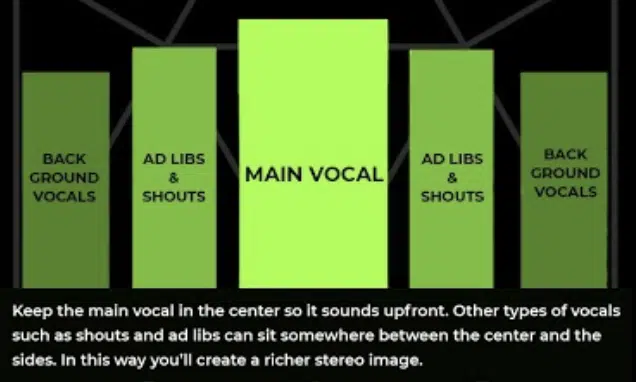
Once your female vox is layered and processed to perfection just how you want them, it’s time to set the levels and panning to ensure clarity.
You’ll want to start by balancing the vocal against the track’s instruments 一 making sure it’s loud enough to stand out without overpowering other elements.
Setting the vocal volume just a few dB louder than the surrounding instruments works well, but adjust it so it fits your specific genre.
For a natural stereo effect, slightly pan background vocals or harmonies while keeping the lead vocal centered perfectly.
Panning harmonies left and right by around 10-15% can create a wider sound without losing focus, so definitely try that out.
To enhance the spread, experiment with panning harmonies at varying degrees (e.g., one at 10% and another at 15%) to add subtle movement and fullness.
PRO TIP: Listen to the mix in mono to check if the vocals still stand out, which will make sure they’re clear on any and every device.
Adjust the play levels carefully, keeping the lead vocal as the focal point and allowing the harmonies to complement it from the sides.
-
Step 7: Finalize with Automation and Effects
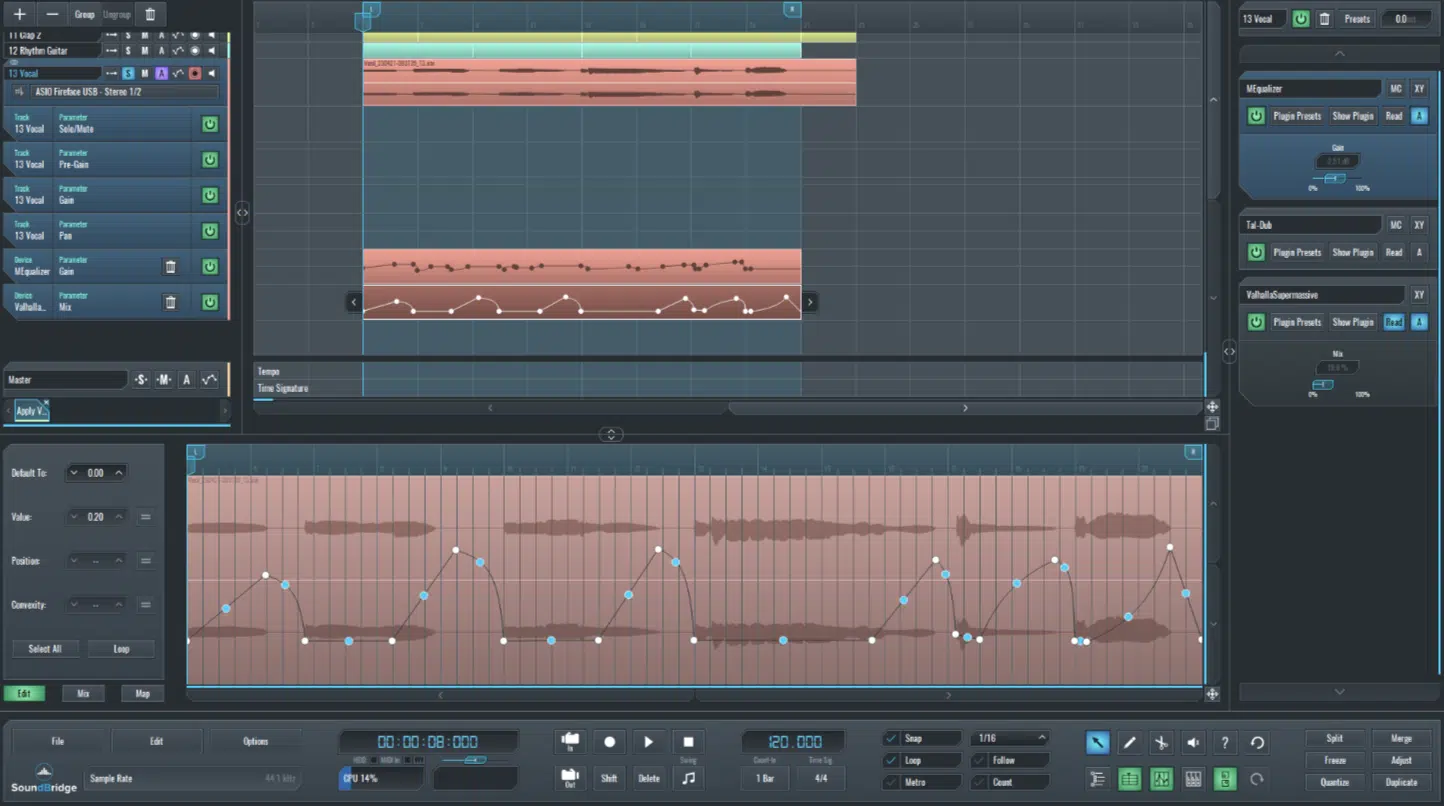
In the final stage, use automation and effects to add dynamic polish to female vox.
Start by automating volume to emphasize key phrases 一 a subtle increase of 1-2 dB on important words can enhance clarity.
For reverb automation, increase the reverb mix to 30-40% on phrases needing more depth and bring it back down to around 15-20% for clarity on faster parts.
Adding quarter-note delay automation with a feedback setting of 20-25% on select phrases can create a subtle echo that feels spacious without overwhelming the vocal.
Automate EQ to brighten certain sections by adding a slight boost around 5 kHz (1-2 dB) for added presence or roll off low-end frequencies below 150 Hz during softer sections for a lighter feel.
NOTE: If you’re using a chorus effect, keep it around 10-15% in the mix, but automate it to 20% in specific sections to give a killer texture.
By automating these effects, you create a vocal track that feels dynamic, detailed, and professionally polished across the mix so you can make waves.
7 Bonus Tips for Mixing Royalty-free Female Vox
Now that you’ve got the basics down, these bonus tips will help you take your female vox mixes to the next level. We’ll dig into specific techniques to add depth, clarity, and that extra bit of personality to make your vocals stand out.
-
Explore Royalty-Free and Commercial Vocal Packs
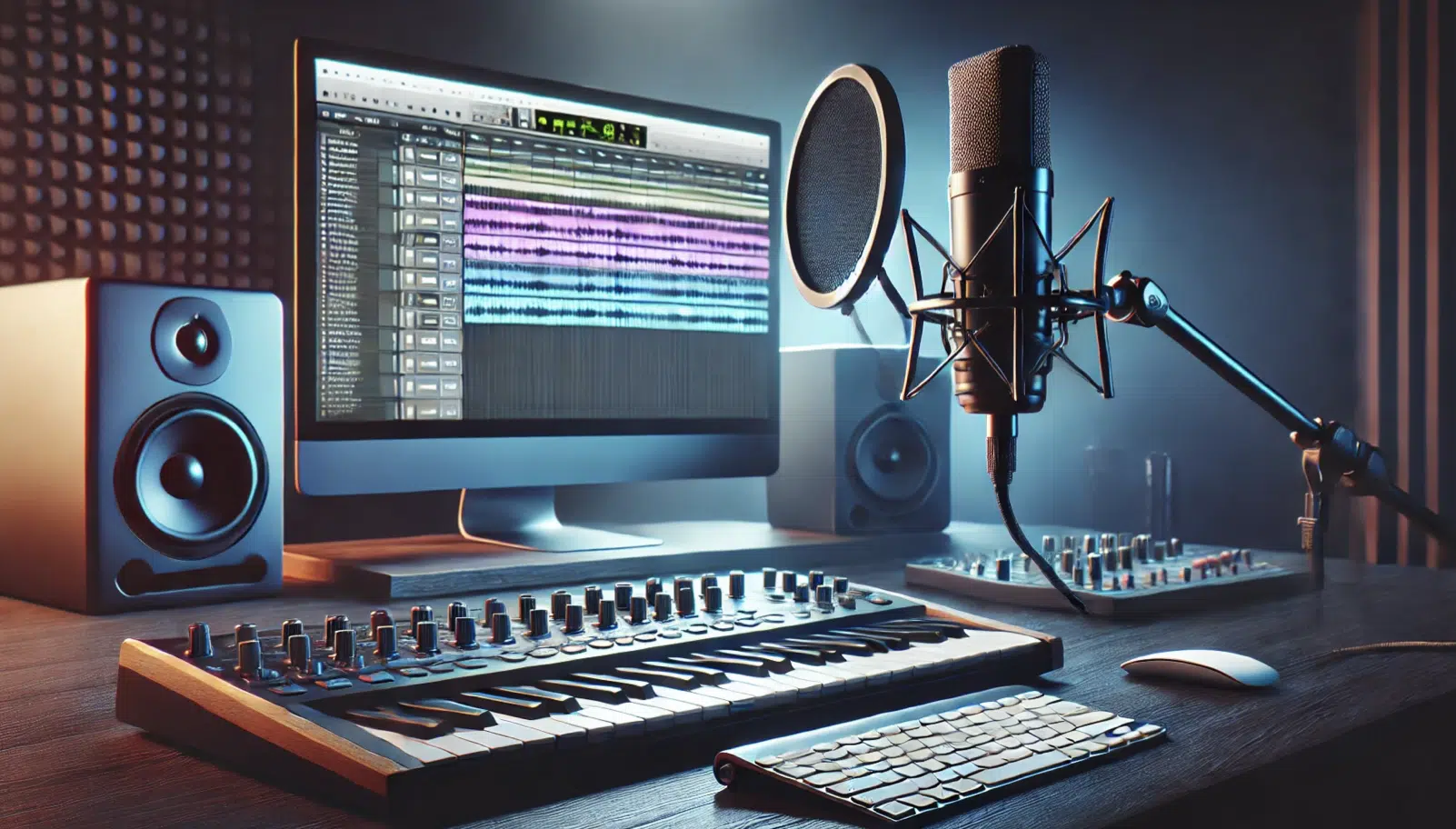
When selecting a vocal pack, make sure it’s royalty-free if you’re looking to avoid licensing issues, which nobody has time for.
This is super useful for producers like yourself creating music for commercial use or ads that need unrestricted distribution.
Websites often offer a preview of these packs and list the artist name so always make sure they match your unique style before you download them.
This step is key for achieving a professional, fluid sound when integrating female vox into your mix.
-
Balance Bass and Instruments with Vocal Frequencies
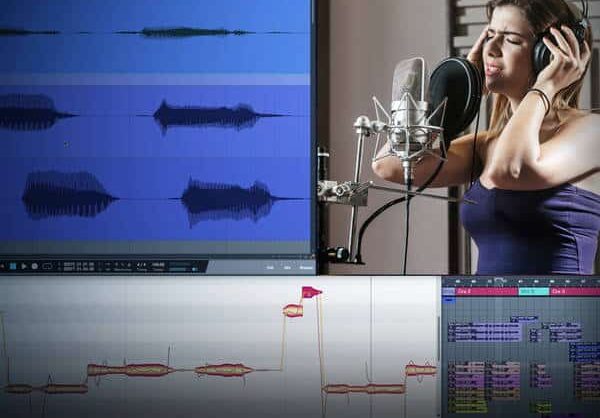
When mixing female vox alongside strong basslines or dense instruments, it’s essential to create space for each element.
For genres like house, dubstep, and pop, where bass plays a central role, using sidechain compression can help female vocals stand out without clashing.
To set this up, sidechain the bass to the vocal track, so every time the vocal hits, the bass ducks slightly (usually by about 2-4 dB) 一 giving the vocal a clearer path.
I suggest starting with a fast attack and a medium release to let the bass recover naturally after each vocal phrase.
Sidechaining the bass to the vocal track lets the vocals maintain clarity whenever they compete in the same frequency range.
This technique keeps your female vox crisp and impactful, especially in more layered arrangements, so definitely don’t overlook it.
-
Use Loops, Vocal Tags, and Subtle Effects for Texture
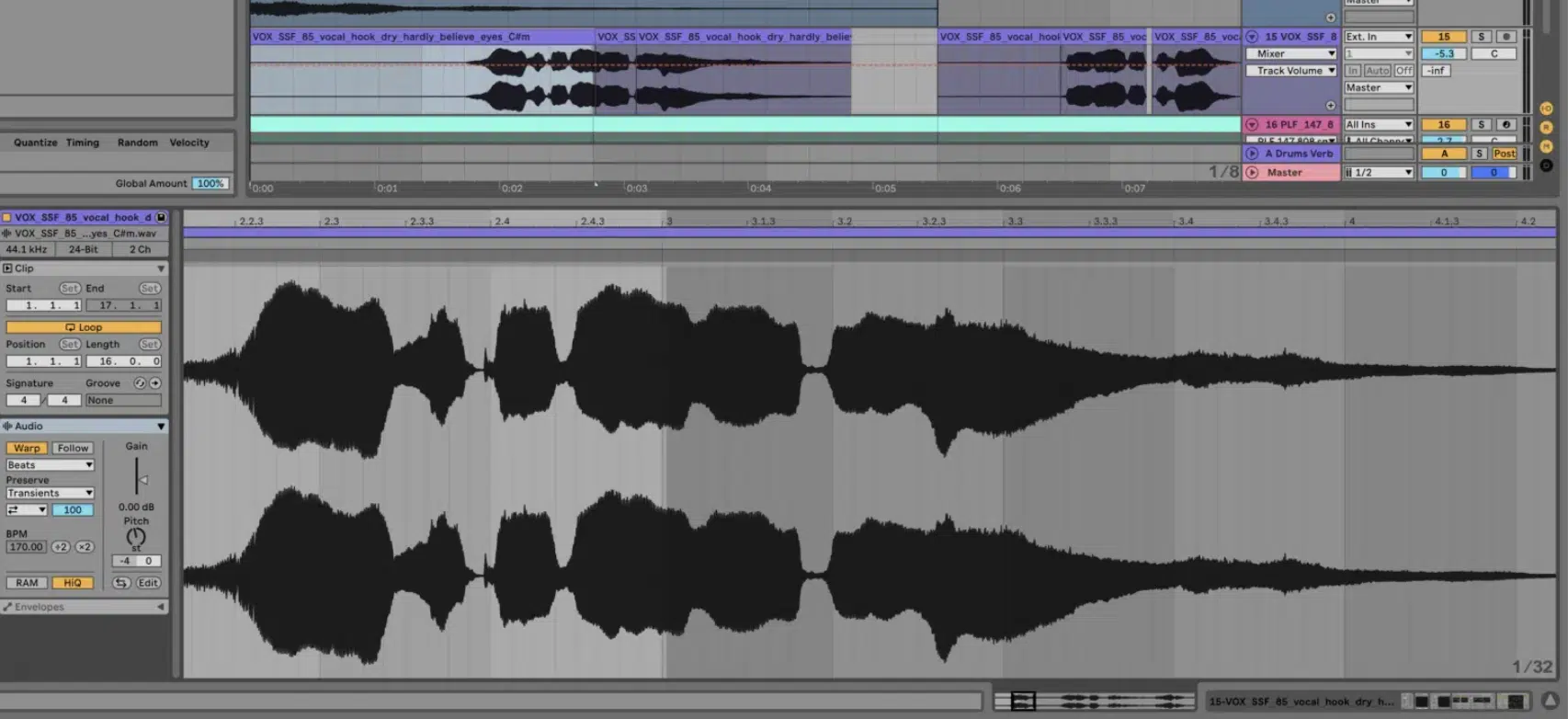
Adding loops or vocal tags can bring unique identity and texture to your track, enhancing the female vox without destroying the mix.
Try using subtle vocal tags (short, distinctive vocal clips that repeat occasionally throughout the track) to create unforgettable moments.
Layering loops, such as soft background harmonies or ambient sounds, can also add depth, especially when carefully panned or mixed at a lower volume.
Pair these with light effects for some support, like a touch of reverb or delay, to blend them smoothly into the background, giving your female vox a layered, dynamic quality.
-
Add Finishing Details and Automation
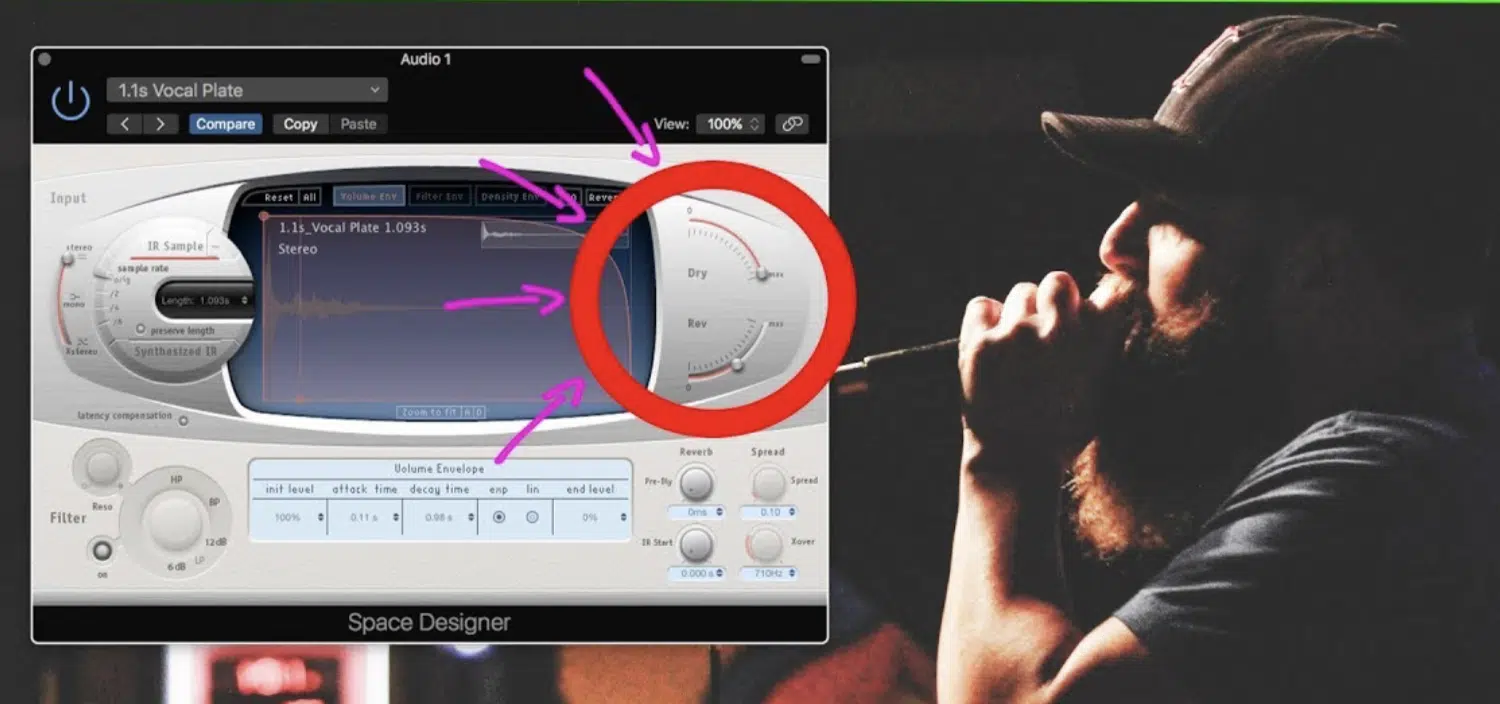
Small details, like automated volume adjustments and reverb levels, can make a significant difference in how your female vox interacts with the rest of the track.
Automate the volume slightly during more intense sections to make sure your vocals remain present consistently.
Adding subtle reverb automation can enhance specific phrases 一 making them stand out without overwhelming the mix.
These small adjustments, especially in RnB or pop tracks, ensure each part of the vocal mix feels dynamic and engaging.
-
Get Inspired by Popular Techniques

Studying reference tracks from top producers can give you invaluable insights and fresh ideas for mixing female vox all day.
Listen closely to how they use EQ, reverb, and delay to create a distinct vocal presence, and notice how they balance vocals with other instruments for a cohesive sound.
Pay attention to specific techniques like:
- Subtle volume automation
- Meticulous panning
- Layering that adds depth without clutter
By experimenting with similar methods in your own work, you’ll find new ways to make your female vox stand out.
It will help you achieve that polished, professional sound I know you’re aiming for.
-
Experiment with Advanced Reverb and Delay Settings
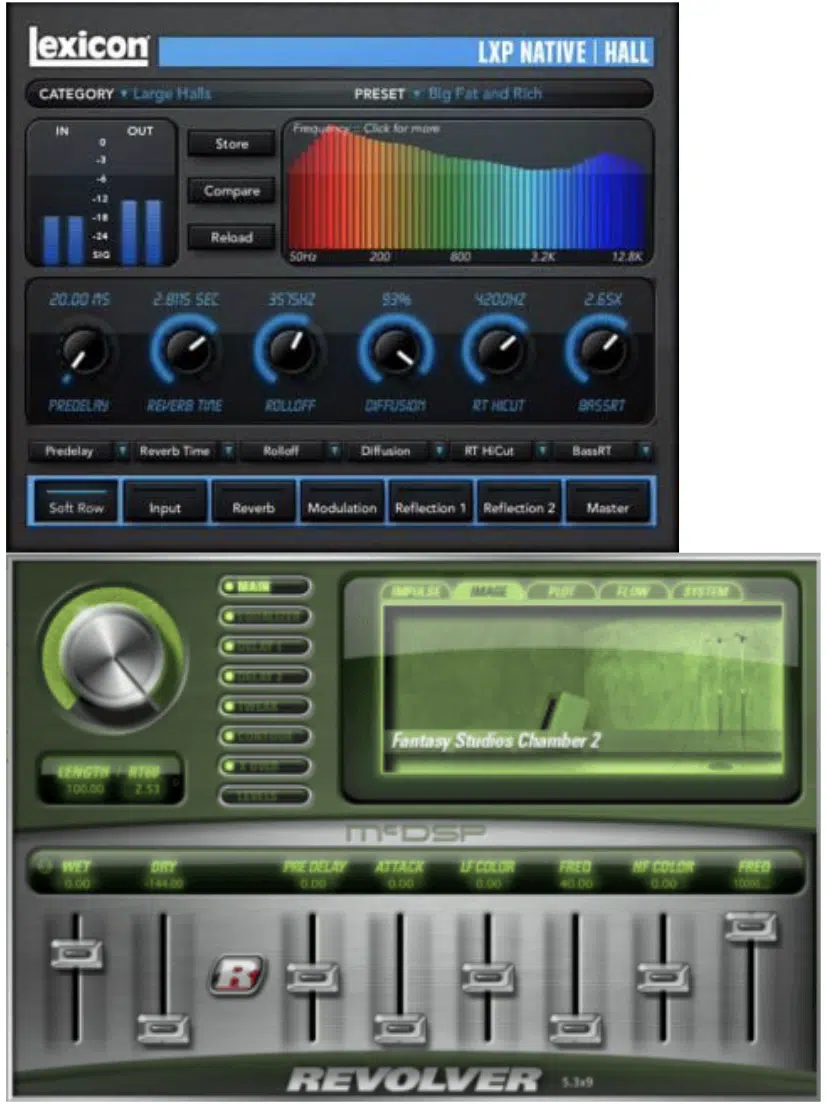
I know we talked about basic reverb and delay, but, for a professional touch, try using multiple reverb types to give your female vox added depth and dimension.
For example, you could layer a short plate reverb (0.8–1.5 seconds decay) with a longer hall reverb (2.5–3.5 seconds decay) to create a sick vocal space.
For even more texture, add a quarter-note delay with a feedback setting around 20-25%, giving your vocal a subtle, spacious echo.
This combo brings out the character of your female vox without cluttering the mix so it’s extra polished and controlled.
-
Use Mid-Side EQ for Space and Separation
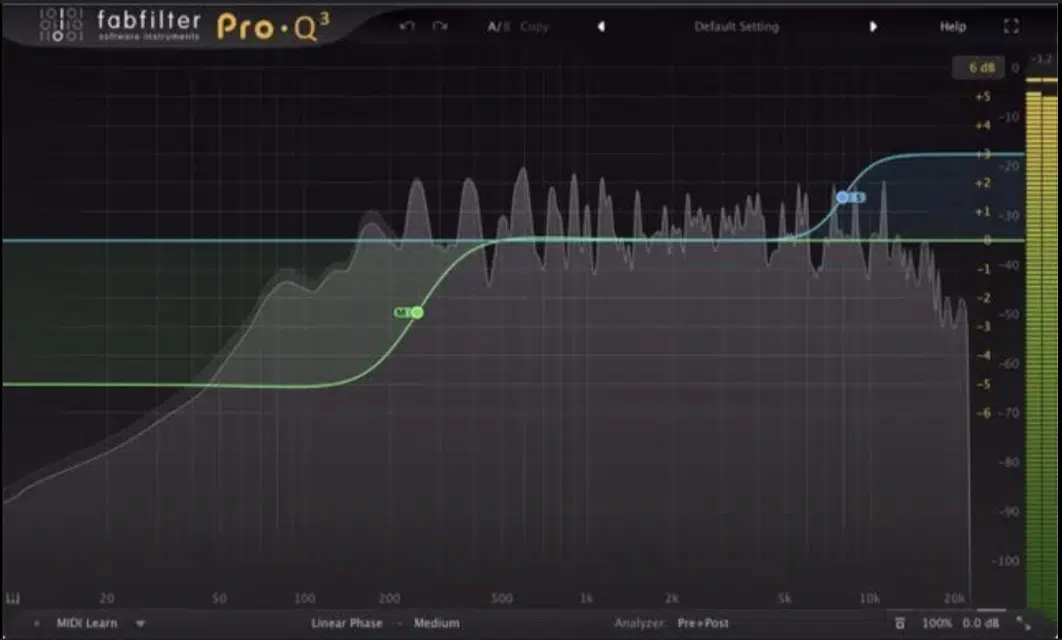
To kick things up a notch, you can apply mid-side EQ to your female vox to enhance separation in the stereo field.
Boosting the mid frequencies slightly in the center can make the vocal more focused, while reducing highs on the sides prevents interference with other instruments.
This technique allows you to highlight the vocal’s presence while creating a balanced, open soundstage around it.
Mid-side EQ is especially useful for keeping female vox prominent in complex arrangements so they’re very clear even in crowded mixes.
Final Thoughts

Bottom line, mastering the art of mixing female vox can seriously bring some added value and intrigue to your track.
Unlike other elements, female vox require meticulous attention to detail, precise EQ adjustments, and certain effects to ensure clarity and presence.
You must balance dynamics carefully and create space within the mix to allow the vocals to really shine.
Always monitor your mix in both stereo and mono to maintain consistency across all playback systems and avoid over-processing.
This can strip the natural character from the vocals.
By applying the techniques and tips we broke down today, you’ll be able to create mixes where female vox stands out with professional polish and emotional impact.
To take your vocal mixing skills to the next level, you need the sickest vocals in the game, am I right?
Well, these 20 Free Vocal Samples are professional-grade, show-stopping vocal loops, chops, and one-shots, all 100% royalty-free.
They were all designed by the world’s top producers to help you add that extra edge to your beats.
Using these high-quality samples can be the cherry on top you need, giving you a level of polish and versatility that elevates your tracks more than ever before.
So, by combining these premium samples with the mixing techniques we’ve covered, you’ll be able to make female vox not only stand out but also become addictive.
Just remember to keep experimenting, trust your ears, and continue refining your craft to achieve mixes that truly shine.
Until next time…







Leave a Reply
You must belogged in to post a comment.